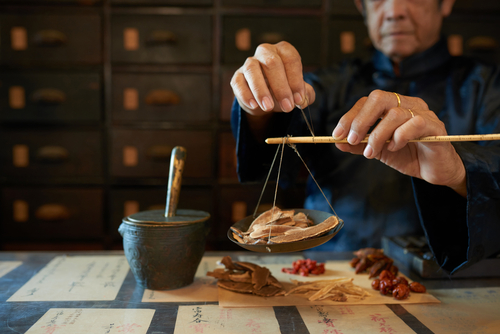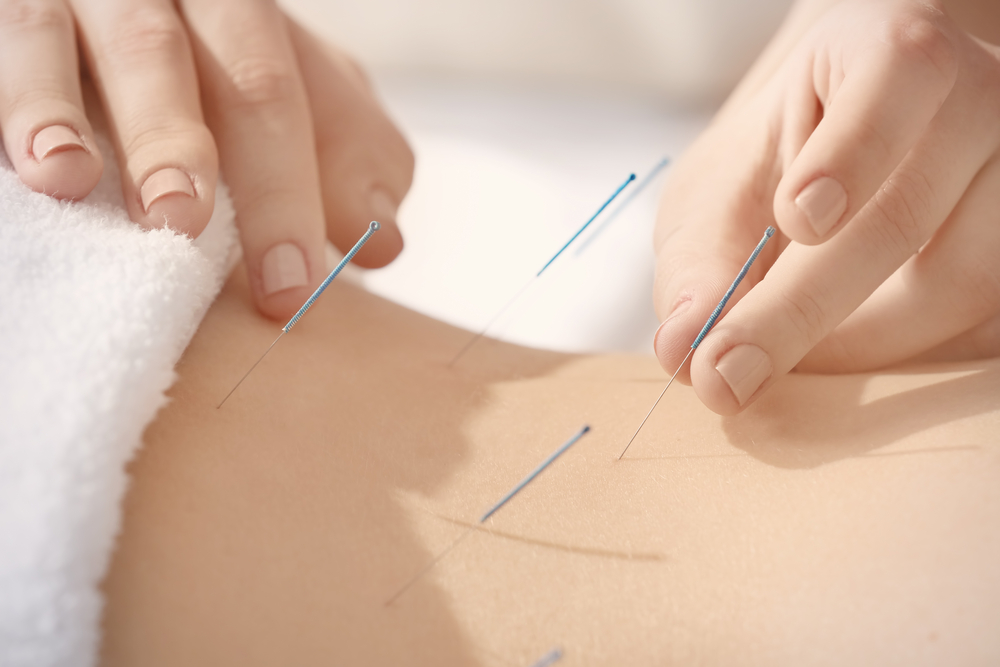There’s no doubt that Traditional Chinese Medicine is a fascinating field, and one that is becoming increasingly popular in the Western world. Depending on your interests, a qualification in TCM can lead you down a wide variety of career paths including:
- Acupuncturist
- Herbal medicine practitioner
- Remedial massage therapist
- General health consultant (like a GP of Chinese Medicine, offering advice on diet, nutrition, stress relief, and treatment of illness and disease)
- Researcher
- Educator
- Product developer at a herbal medicine supplier.
While a career in Chinese medicine is likely to evolve and change over your lifetime, there are a number of key benefits that will likely remain the same. Read on to discover some of the top six reasons people love working in the field of Chinese medicine.
Work face-to-face with people
Whether you’re working as an acupuncturist, herbal medicine practitioner, a general health consultant or a remedial massage therapist, you will be working hands-on with your clients every day. If you love making connections with people and are easily bored sitting behind a computer screen for 8 hours a day, Chinese medicine could be a great career for you. Chinese medical practitioners are very hands-on, often inspecting the patient’s tongue, eyes, and colouring as well as deeply observing the patient using sound, touch, and smell in order to detect any possible disharmony in the patient’s qi. Due to the holistic nature of Chinese medicine, practitioners often make deeper connections with their patients, working to fully understand what may be causing ill health or disease, rather than relying solely on external tests.
Help others
Of course, choosing a career in Chinese medicine means you will be working to improve people’s health every single day. This can be an incredibly rewarding career, particularly as many people come to Chinese medical practitioners after having exhausted all the options offered by Western medicine without seeing any improvement in their condition. Helping people improve or cure chronic health conditions that have been causing them suffering for a number of years is one of the most gratifying experiences a practitioner can have, and something TCM practitioners often get to enjoy.
Improve your own health
TCM practitioners have a wealth of knowledge about how to lead a balanced and healthy life and this can be implemented to improve your own health. Whether it be using your knowledge of nutrition to improve your own chronic health conditions or creating herbal medicines to treat the seasonal flu, there’s no doubt you will live a healthier, more balanced life when you’re working as a fully qualified TCM practitioner.
Lifelong learning and professional development
The field of Chinese medicine is over 2,000 years old and almost infinite in its complexity. What’s more, the field is still evolving rapidly, with new discoveries constantly being made. As you grow and evolve as a practitioner, you will continue to hone your skills and refine your knowledge and understanding of TCM. You’ll also continue to read new research and studies to stay abreast of advancements in the field. Working in Chinese medicine is a great option for anyone who always wants to improve themselves and learn more, as the scope for learning is endless.
Employment in a growing field
Alternative medicine and specifically TCM is a rapidly growing industry in Australia. More and more people are turning to Chinese medicine as they begin to see the benefits and efficacy of the approach, while also becoming increasingly dissatisfied with the limitations of the Western medical approach. By choosing a career in TCM, you’re entering an industry that is on the rise, with demand for TCM services increasing year by year, offering great job security.
Option to be self-employed
Many students of TCM dream of one day opening their own clinic, and this is a definite possibility for a registered practitioner. Owning your own clinic or being self-employed allows you the ultimate professional flexibility. You can choose your own hours, dictate your own work environment, and set up shop wherever you’d like to live.
A career in Chinese medicine is rewarding, engaging, and secure, offering you the opportunity to work hands-on with patients to improve their health every day. If you’re considering a career in Chinese medicine, the Sydney Institute of Chinese Medicine can get you where you want to go. Our Bachelor of TCM is fully accredited by the CMBA in all 3 divisions (Acupuncture, Herbal Dispensing & Herbal Medicine) and our courses are practical, allowing students to get hands-on experience at our thriving clinic in Sydney’s Chinatown. Learn more about our courses today.













